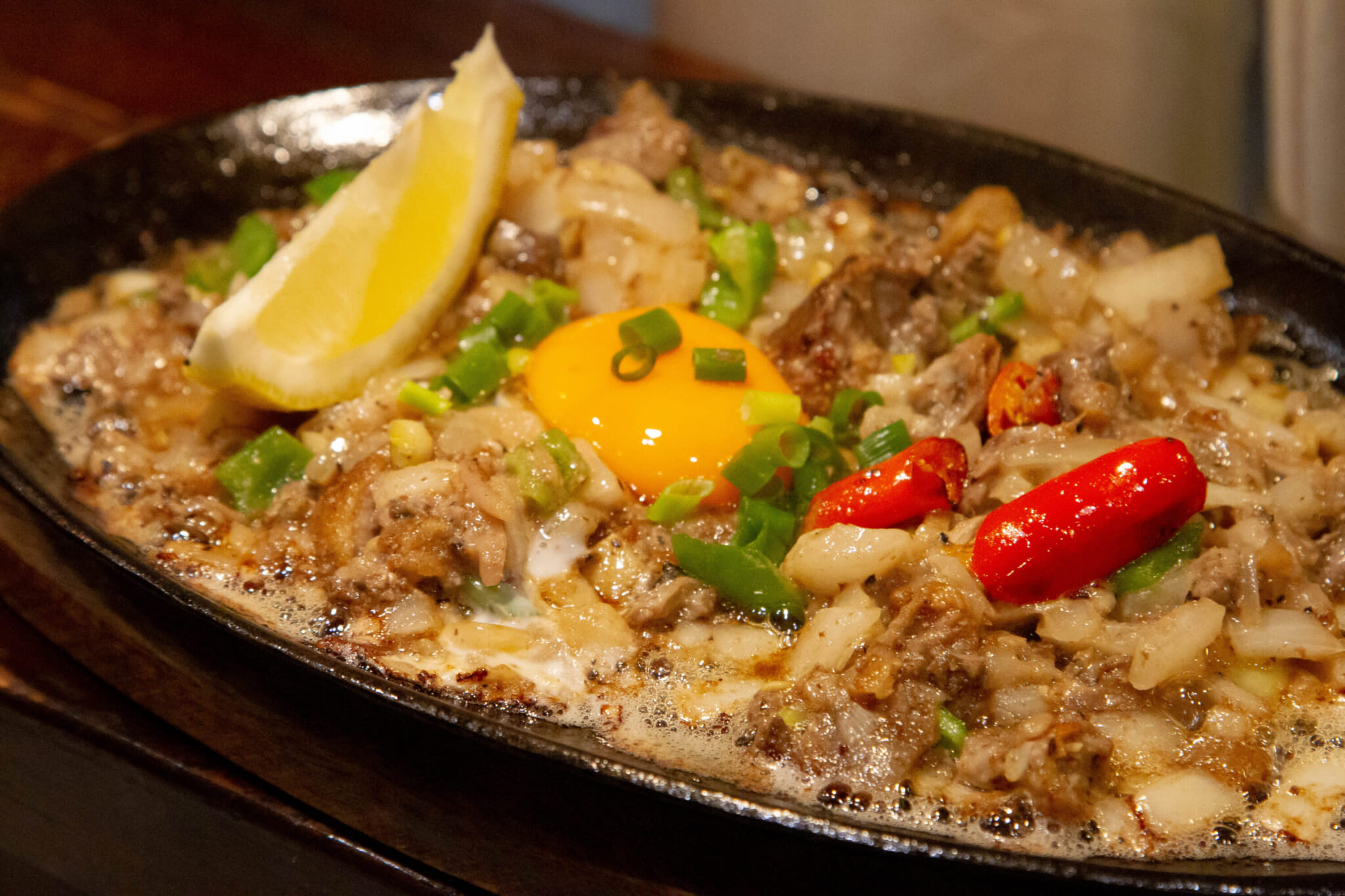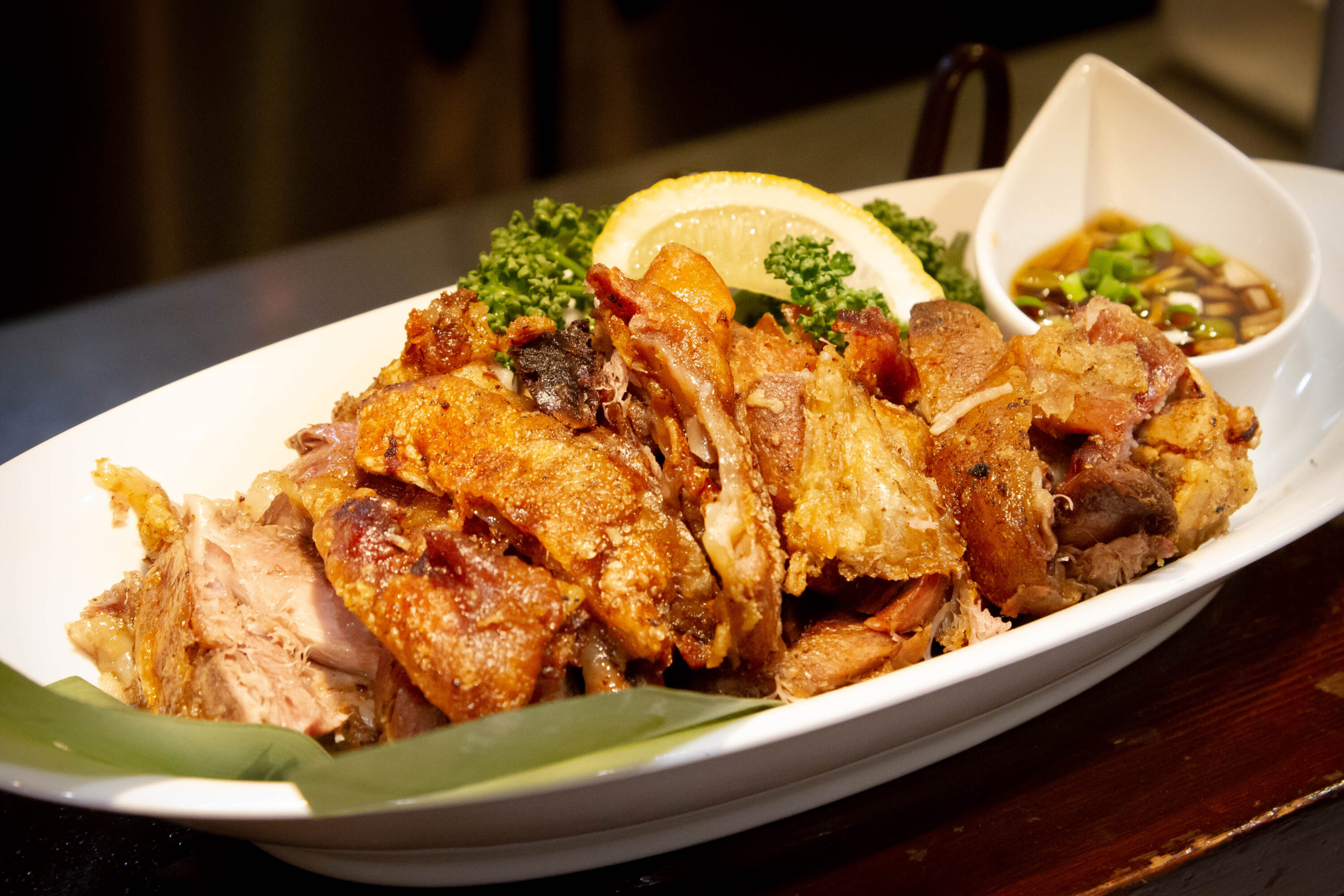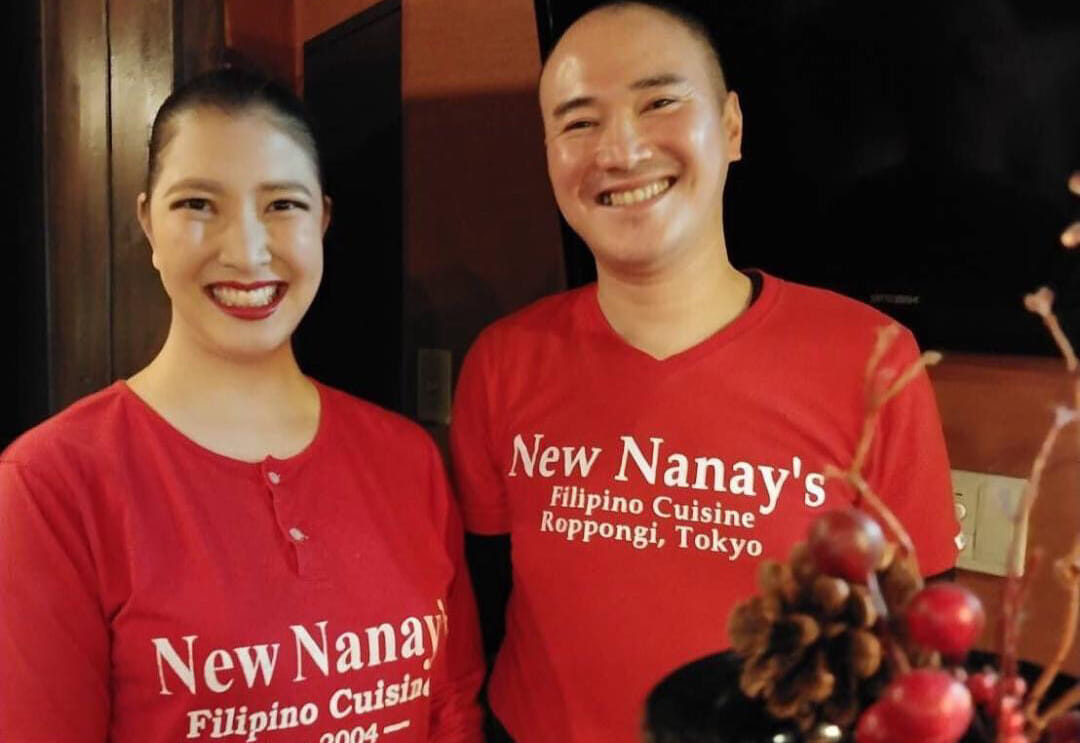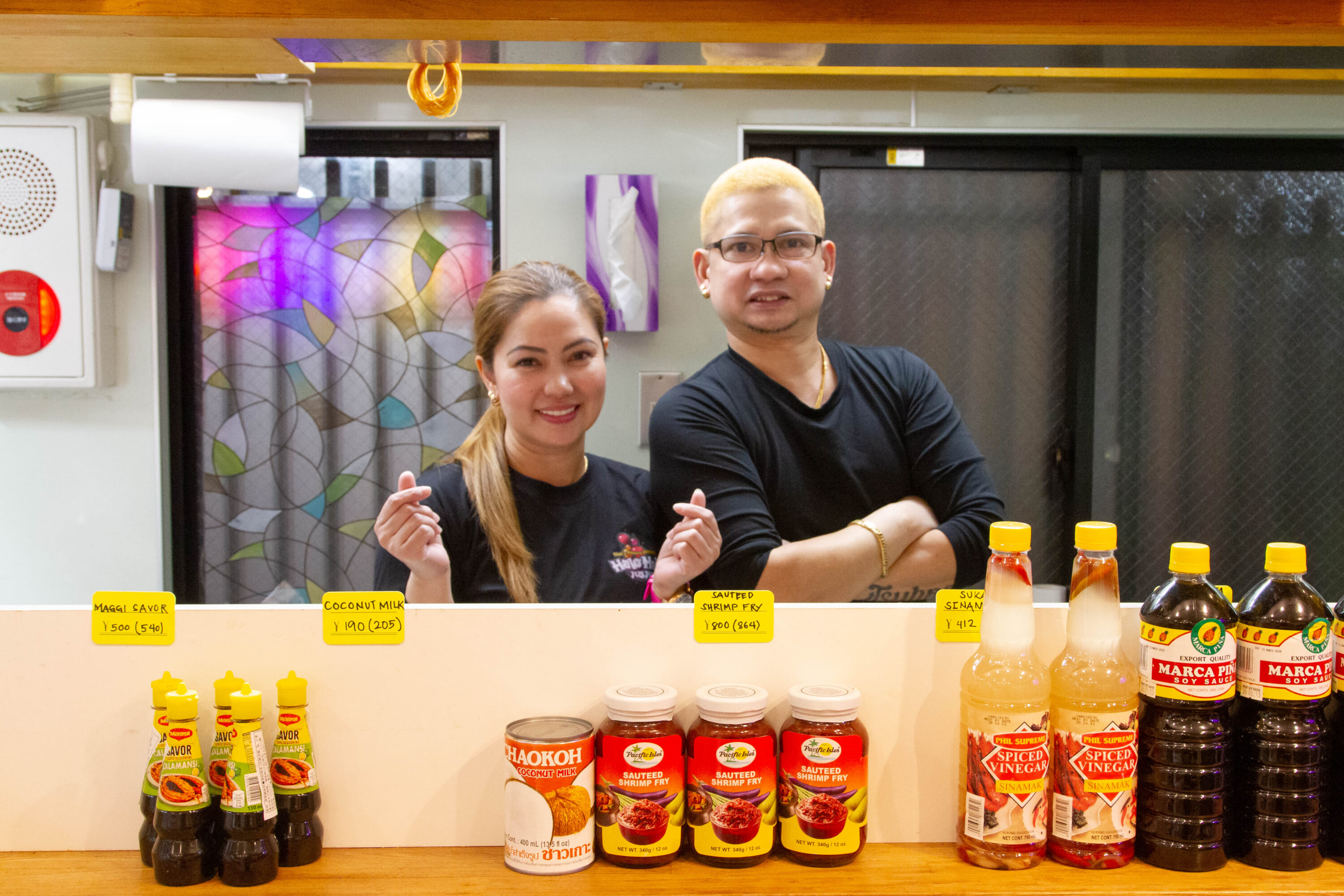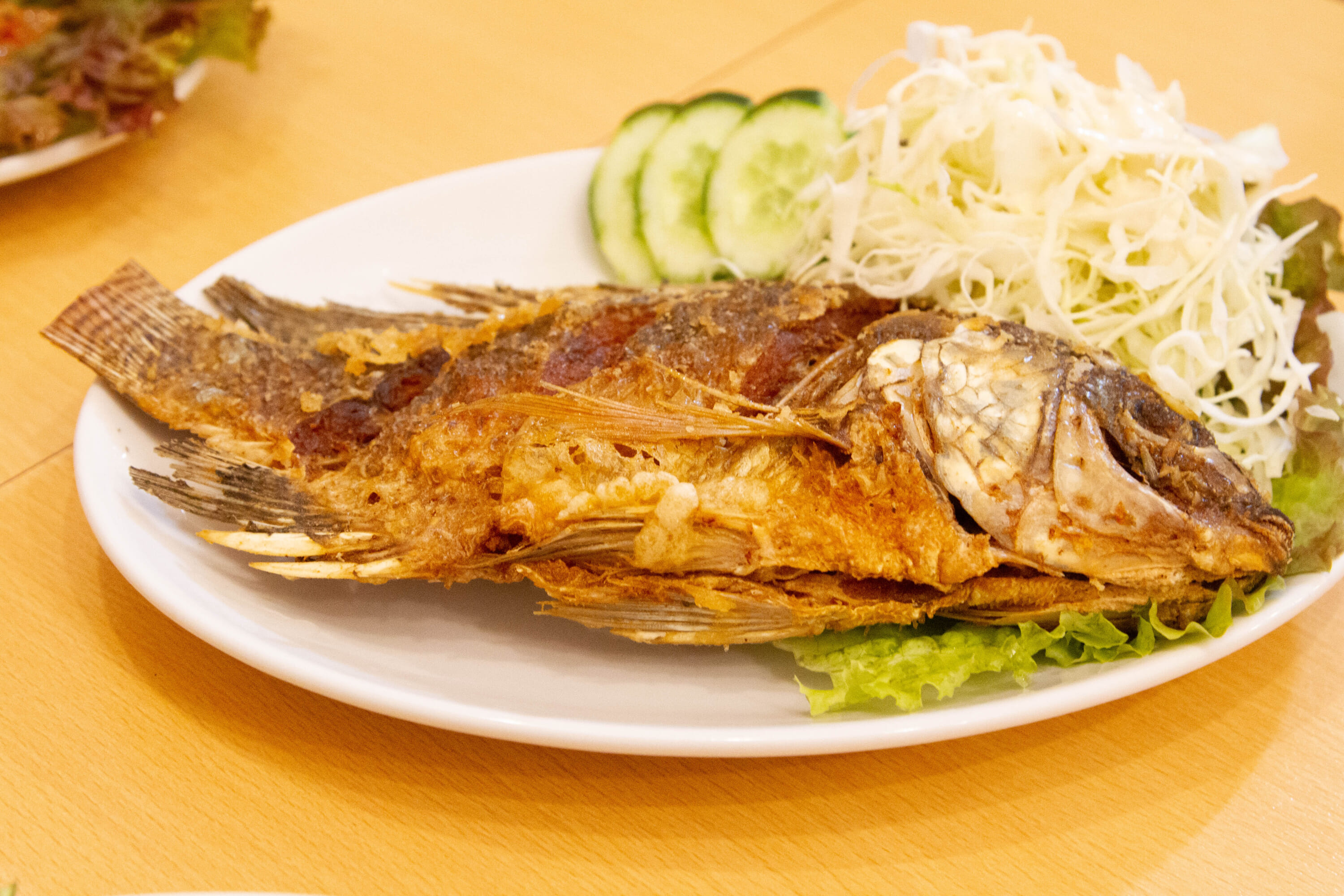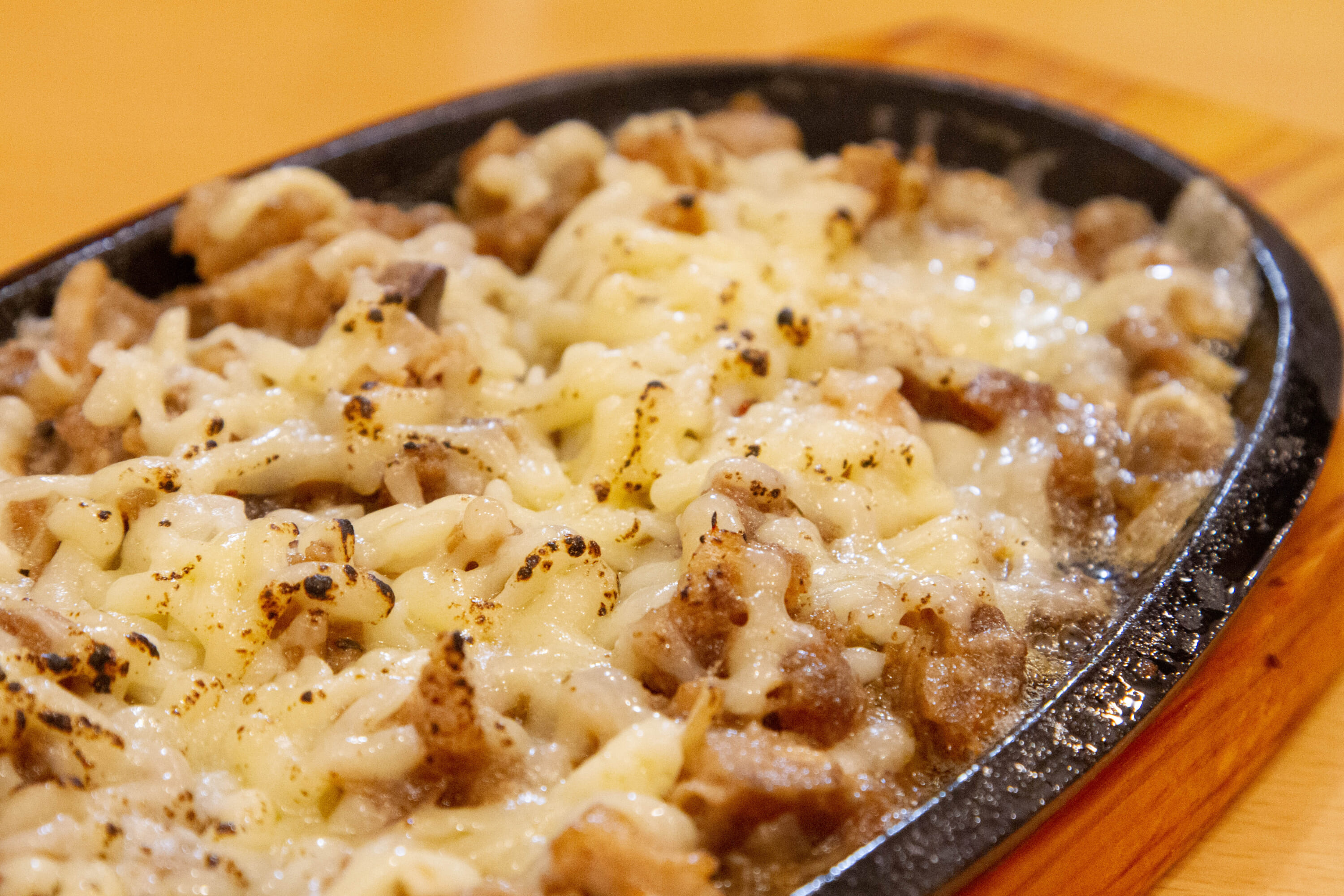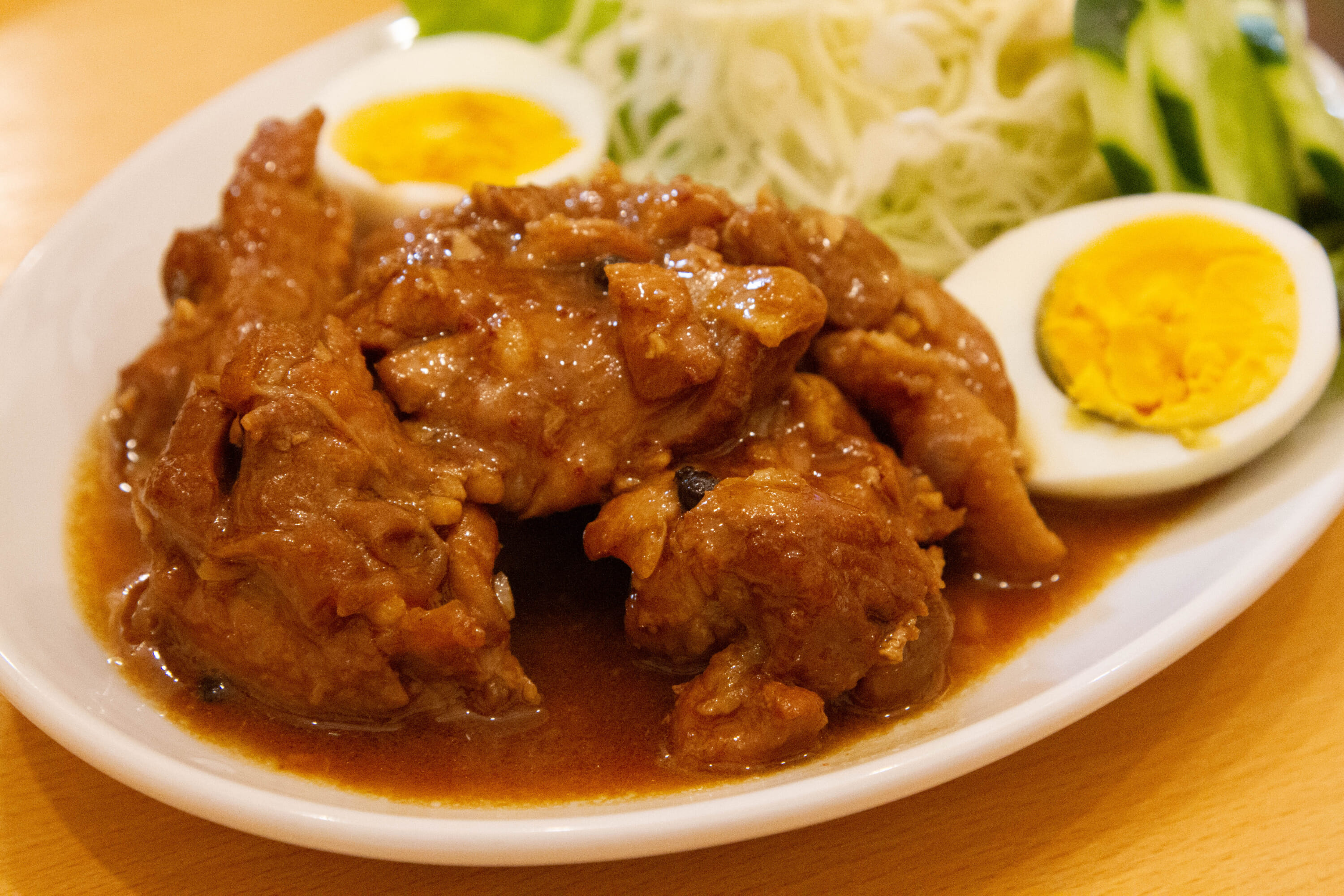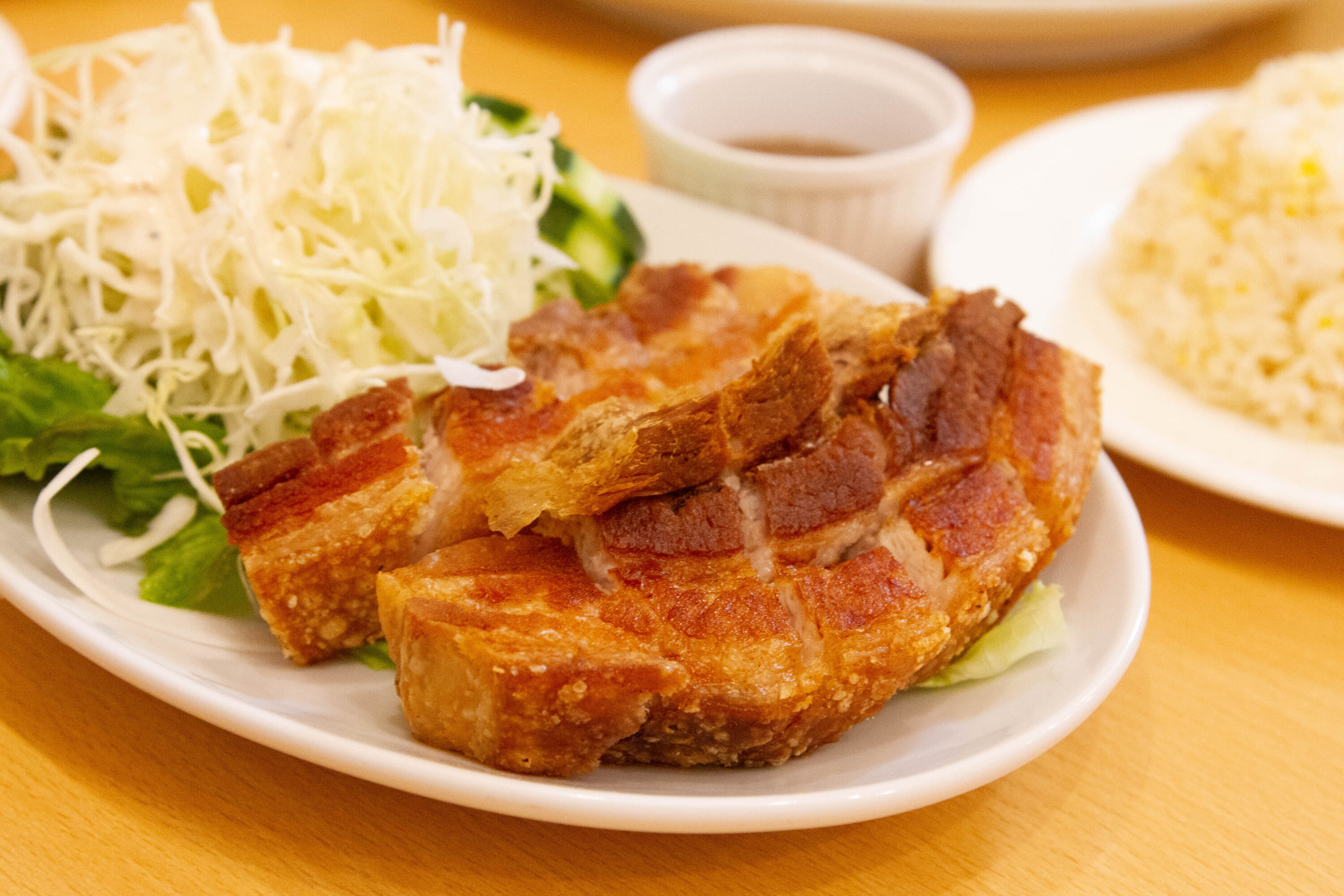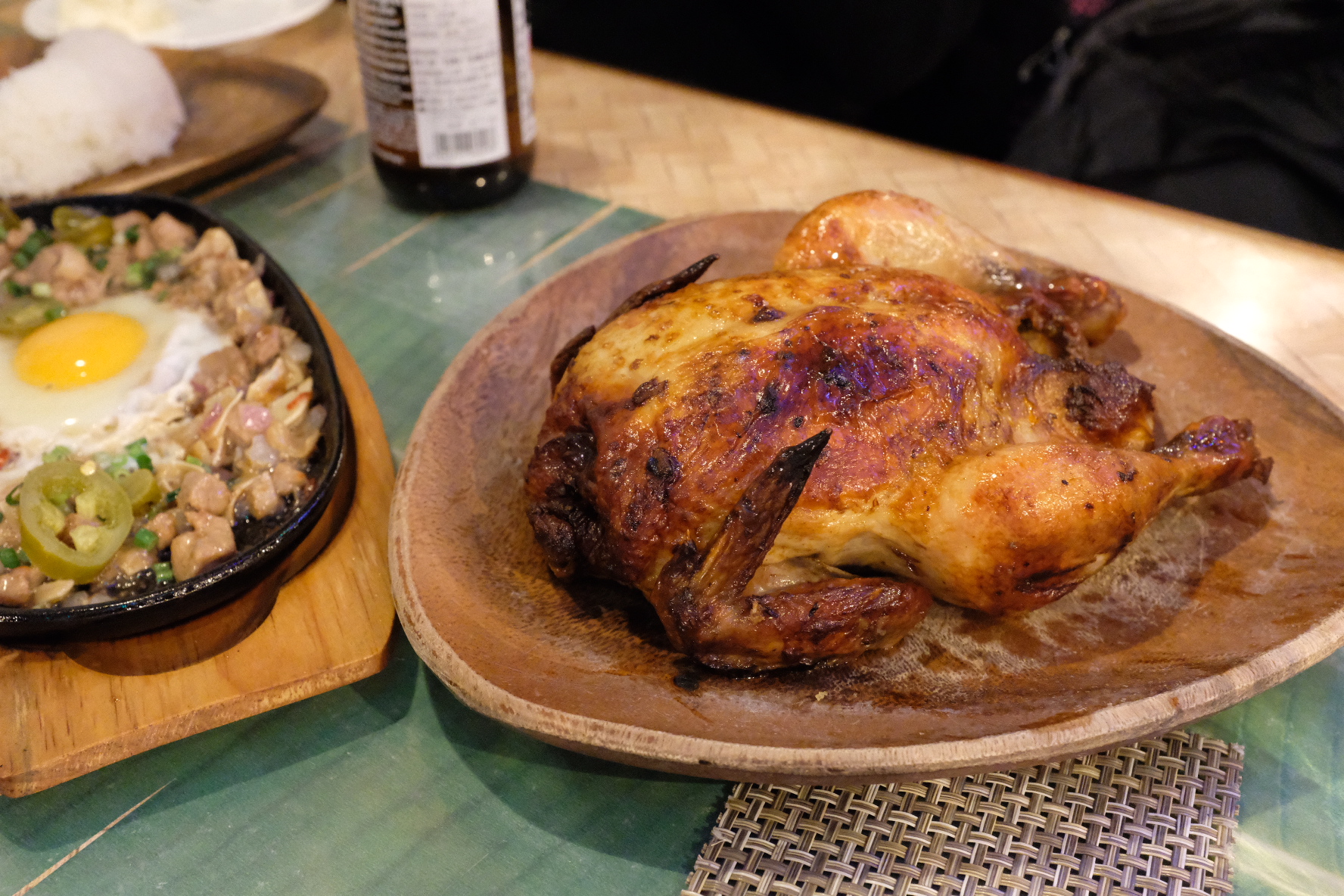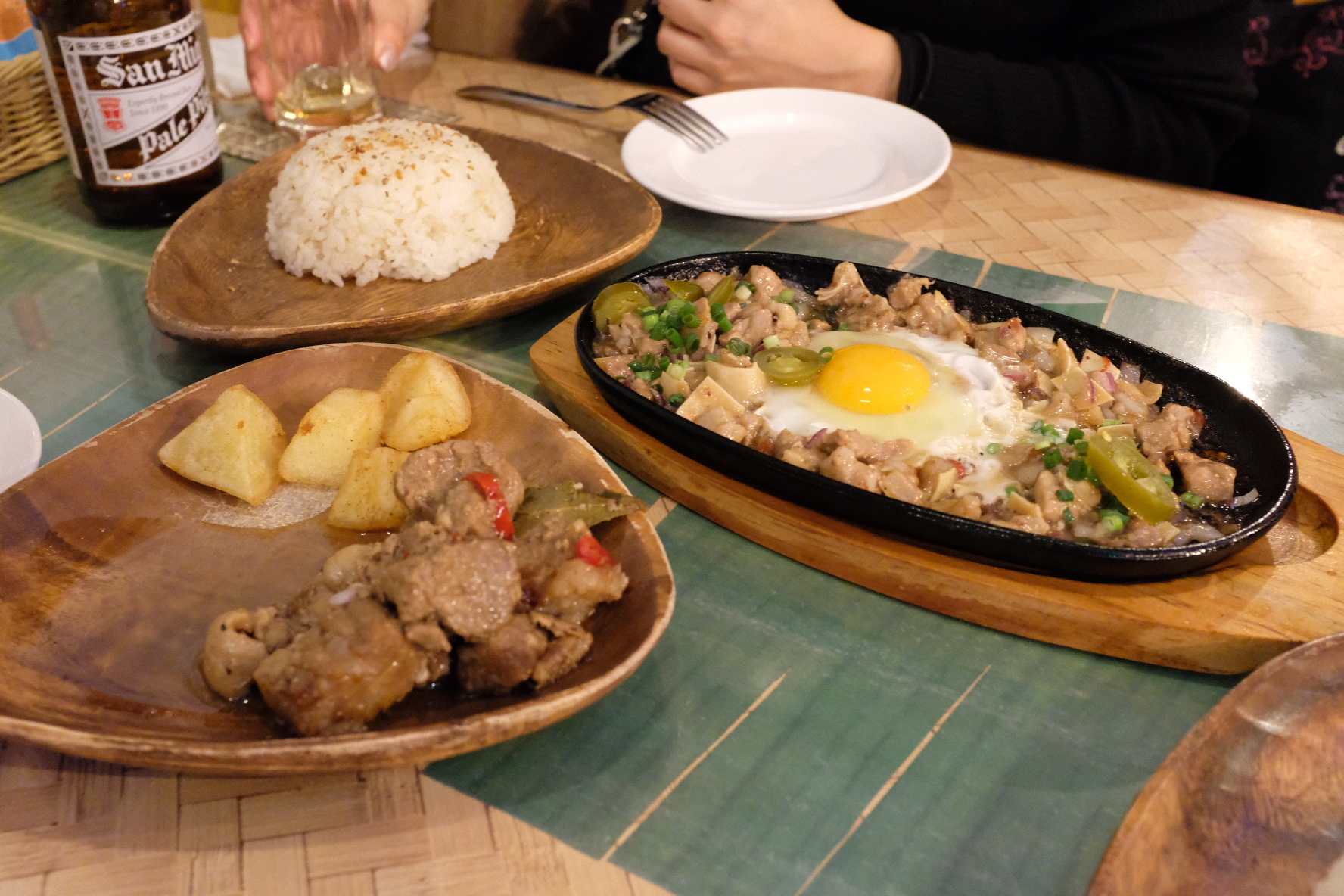The Philippines is a nation whose modern state is largely built abroad. The country is consistently in the top 10 of nations with the highest emigration rates, and over 6 million Filipinos live abroad in the diaspora, pursuing opportunities in foreign countries. Japan ranks fifth in terms of the total Filipino immigrant population, with 300,000 residents originating from the island nation as of 2024. As these Overseas Filipino Workers (OFWs) have made their way abroad, living among local populations and supporting their families back in the motherland, their food culture and customs have naturally accompanied them.
Though the Filipino diaspora is laced throughout history, the food of the Philippines has, as of late, had a sort of renaissance. Establishments continue to open all over the world, leaving many pondering, “What even is Filipino food?”
The people of Tokyo are no exception. Lucky for them, the capital of Japan is home to a number of Filipino restaurants, providing Tokyoites with an introduction to the cuisine of the Philippines while also serving as a taste of home for Filipino immigrants.
Read on for three of our favorite Filipino restaurants in Tokyo, each of which has its own charms and interpretations of classic dishes.
1. New Nanay’s in Roppongi
For many, New Nanay’s is the first restaurant that comes to mind when thinking of Filipino food in Tokyo. Located south of Roppongi Station inside a multi-facility complex, it isn’t immediately apparent from the main road. However, it’s a familiar and comfortable domain for those looking for equally familiar and comfortable Filipino classics.
The well-established restaurant is owned and operated by Sayuri, with her husband, Tara, operating the kitchen. Born and raised in Tokyo, Sayuri, who is half-Filipino, spent all 40 days of her childhood summer vacations in the Philippines, and those consistent and strong connections culminated in the opening of New Nanay’s in 2004.
On the menu: unshaken Filipino classics, bold in flavor and unbridled authenticity. For many, the main draw to New Nanay’s is the sisig, a dish consisting of chopped pork mixed with peppers and served in a hot skillet with a raw egg that’s combined with the meat, gradually cooking as the dish sizzles. It’s also available with fish.
In addition, you’ll find sinigang, a soup known for its sour flavor. It’s filled with a variety of vegetables, including green beans and eggplant, accompanied by tender pork belly slices that add a great richness to the dish.
Filipino cuisine is known for its unapologetically indulgent array of fried offerings, many of which are available at New Nanay’s. Crispy pata is a bone-in pork shank fried and served with a tangy vinegar sauce. Fried pork belly, known as lechon kawali, is served in a similar manner, and the classic bone-in fried chicken is a dish that truly transcends culture with its simplicity.
All of the above pair perfectly with the shop’s signature garlic rice, which provides fragrant umami to the richness of all the dishes. The rice is available a la carte, or with a variety of additions, like with the tapsilog, where it’s paired with a fried egg, marinated beef and onions, and a side salad.
For 20 years, New Nanay’s has been the top spot for homesick Filipinos looking for a taste of home, something that Sayuri feels is the restaurant’s key attribute. “I want it to be a place that not only fills your stomach but also your heart,” she says.
| Location | New Nanay’s |
| More Info |
Website →
0335054688 |
2. Halo Halo in Nakano
Walk into Halo Halo in the backstreets of Nakano, and you’ll find yourself transported into a very Filipino environment, where the counter and shelves are stocked with products from the island nation. The open kitchen and compact interior make it seem like everything inside blends together. However, with an atmosphere as friendly and intimate as Halo Halo’s, this is a good thing.
Halo Halo’s Filipino offerings are classic and authentic, of course, but there are a few unique takes on some dishes. While the traditional sisig makes an appearance, a version of the sizzling pork favorite can be found mixed with gooey, melty cheese, adding another dimension of flavor and texture.
Adobo, perhaps the most well-known dish from the Philippines, also makes an appearance on the menu. Consisting of either chicken or pork marinated and cooked in soy sauce, vinegar, black pepper and bay leaf, adobo boasts a bold and aromatic flavor. To many, this is the representative dish of Filipino cuisine, and what’s offered at Halo Halo makes for a great introduction.
One of the more interesting additions is a bicol express of seasoned pork belly stir-fried with coconut milk and a sauteed shrimp paste known as bagoong. This combination of flavors may seem peculiar at first, but the creaminess of the coconut milk and the pungent umami of the bagoong meld perfectly for a rich and balanced flavor.
The restaurant’s namesake treat is an obligatory way to end the meal. Halo-halo means “mixed” in English and is the name of a popular dessert similar to kakigori. Shaved ice is combined with a decadent and long list of toppings that can include jam or ice cream made from ube (purple yam), coconut strips, different types of beans, tapioca, agar and rich leche flan, a Filipino custard pudding. At Halo Halo the restaurant, the indulgence is stacked high, with a plate underneath the main bowl to catch anything that falls while mixing. It’s refreshing even while featuring a complex flavor and texture.
| Location | HaloHalo |
| More Info |
Website →
05054934120 |
3. Amie’s Rotisserie Chicken in Chitose-Funabashi
Figuring out what Amie’s is famous for is as easy as reading the restaurant’s full name. Take a look at the storefront in the relatively quiet yet culinarily rich neighborhood of Chitose-Funabashi, however, and you can see (and smell) its signature offering.
On the menu, lechon manok takes center stage. Put simply, lechon manok is roasted chicken. Though synonymous with the province of Cebu in the southern part of the Philippines, the dish, like many Filipino recipes, differs by region, town and even by individual. At Amie’s, the dish requires 23 different seasonings, with a garlicky savory flavor and herbaceousness at the forefront. Chickens can be seen from the entrance, hanging in the roasting spit, ready to be prepared to order. Customers can order lechon manok by the quarter, half or whole chicken, making it a great dish to have on your own or to share with a table.
The family-owned and operated restaurant has an interior brimming with character, and it’s the perfect place for immersing yourself in a Filipino family setting. Operating much like an izakaya, it serves drinks and an array of modestly portioned dishes for sharing. The adobo here is a well-founded favorite, simmered a bit longer than usual for a thicker, glazed consistency. The fried potatoes on the side serve to balance out the palate.
Beverage options include staples of Filipino bars and taverns; beers like San Miguel pilsners and the infamously strong lager-type Red Horse complete the Filipino dining experience, as do an array of simple yet delicious fruit cocktails. Choose a drink featuring calamansi, a distinct citrus fruit similar to sudachi found in the Philippines, for a tropical vibe that can’t be beat.
For those wanting a deeper dive into Filipino cuisine, Amie’s also has a set course featuring an all-you-can-drink menu that ranges from ¥3,500 to ¥5,000 per person.
| Location | Amie’s Rotisserie Chicken |
| More Info |
Website →
0337067002 |

